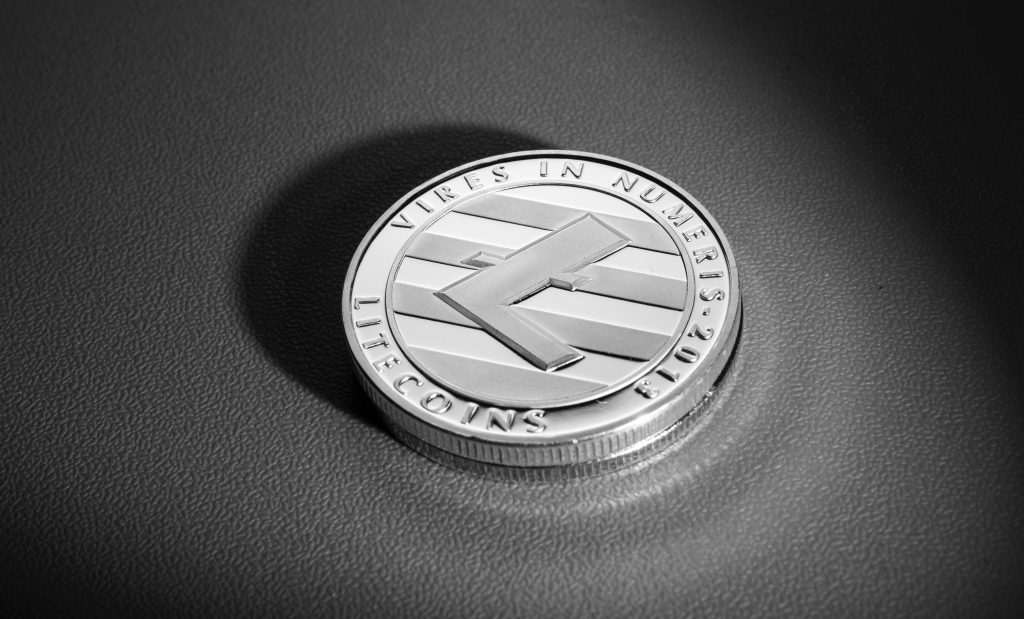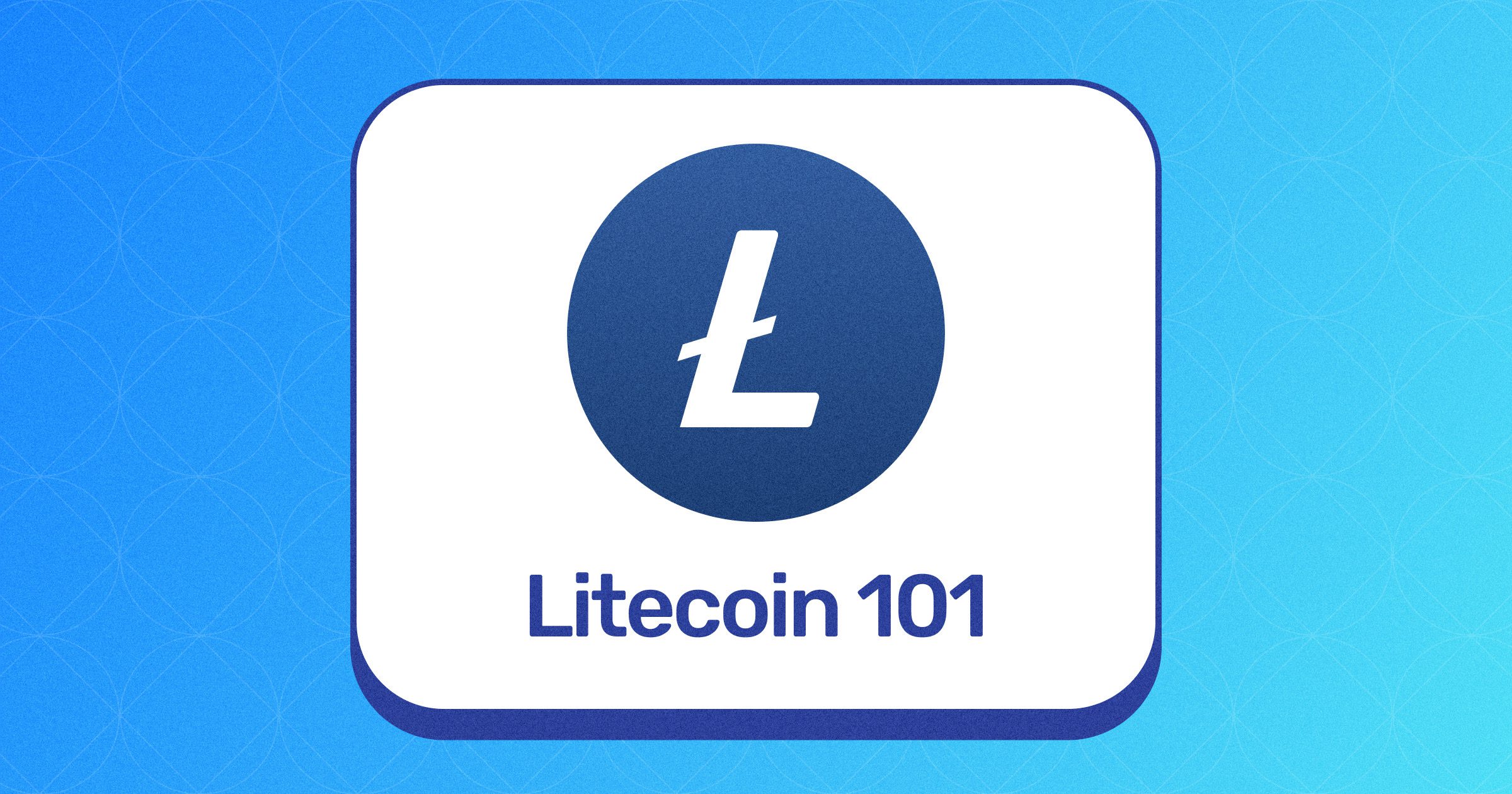In the world of cryptocurrencies, Litecoin is a name that often surfaces alongside more well-known counterparts like Bitcoin and Ethereum. However, Litecoin, often referred to as LTC, has its unique features and has gained a significant following since its inception.
In this comprehensive guide, we’ll delve into the world of Litecoin, providing you with all the essential information you need to know about Litecoin.
What is Litecoin?
Litecoin is a peer-to-peer cryptocurrency created by Charlie Lee in 2011. It is often considered one of the earliest altcoins, a term used to describe any cryptocurrency other than Bitcoin.
Lee designed Litecoin as a complementary cryptocurrency to Bitcoin, aiming to address some of the perceived limitations of Bitcoin like speed and fee, while retaining its core principles of decentralisation and security.
Key Features of Litecoin
- Scrypt Algorithm: One of Litecoin’s defining features is its use of the Scrypt hashing algorithm. This algorithm was chosen deliberately to make Litecoin resistant to the specialised hardware (ASICs) used for Bitcoin mining, making it more accessible for individual miners using consumer-grade hardware like graphics processing units (GPUs).
- Faster Block Generation: Litecoin’s blockchain generates blocks approximately every 2.5 minutes, which is significantly faster than Bitcoin’s 10-minute block generation time. This quicker confirmation time allows for faster transaction processing and a more responsive network.
- Greater Coin Supply: While Bitcoin has a maximum supply of 21 million coins, Litecoin has a maximum supply of 84 million coins. This larger supply was implemented to ensure a more equitable distribution and to maintain a reasonable level of scarcity.
- Segregated Witness (SegWit): Litecoin was one of the early adopters of the SegWit upgrade, which aims to increase the blockchain’s capacity by separating transaction data from the witness data, reducing fees, and enhancing network security.
How Does Litecoin Work?
Litecoin operates on a decentralised blockchain, similar to Bitcoin. Here’s a simplified overview of how Litecoin works:
- Transactions: When you want to send Litecoin to someone, you initiate a transaction. This transaction includes information about the sender, recipient, and the amount of transferred LTC.
- Mining: Litecoin transactions are validated and added to the blockchain by miners. These miners use their computational power to solve complex mathematical puzzles, ensuring the accuracy and security of the network. In return for their efforts, miners are rewarded with newly created Litecoin and transaction fees.
- Blockchain: The blockchain is a chronological and immutable ledger that records all Litecoin transactions. Each new block contains a set of verified transactions and is linked to the previous block, creating a continuous chain of blocks.
- Wallets: To store and manage Litecoin, you need a digital wallet. Litecoin wallets come in various forms, including online wallets, mobile apps, desktop wallets, and hardware wallets. These wallets allow you to send, receive, and store LTC securely.
What Can You Do With Litecoin?

Litecoin has a range of practical applications and uses in the real world:
1. Peer-to-Peer Payments: Litecoin’s fast confirmation times and low fees make it an excellent choice for everyday transactions. You can use LTC to pay for goods and services, whether online or at select physical stores that accept cryptocurrency payments.
2. Investment: Like Bitcoin, Litecoin is often used as a store of value and an investment asset. Some people purchase Litecoin with the expectation that its value will increase over time.
3. Trading: Many cryptocurrency enthusiasts engage in trading Litecoin on various cryptocurrency exchanges. These traders aim to profit from the price volatility of LTC by buying low and selling high.
4. Cross-Border Transactions: Litecoin can be used for international money transfers, providing a faster and more cost-effective alternative to traditional banking methods.
The Litecoin Community
Litecoin has a passionate and active community that continues to support and promote the cryptocurrency. While it may not have the same level of mainstream recognition as Bitcoin, it has earned a dedicated following over the years.
1. Litecoin Foundation: The Litecoin Foundation is a non-profit organisation that promotes the adoption and development of Litecoin. It supports various initiatives, partnerships, and projects to expand the Litecoin ecosystem.
2. Charitable Initiatives: The Litecoin community has been involved in various charitable efforts, including fundraising for disaster relief, medical research, and humanitarian causes.
3. Development and Innovation: Litecoin has seen ongoing development, with improvements and upgrades introduced to enhance its functionality and security.
Risks and Challenges Associated With Litecoin
As with any cryptocurrency, Litecoin has its share of risks and challenges:
1. Price Volatility: Litecoin, like most cryptocurrencies, is subject to price fluctuations. Its value can rise or fall significantly over a short period, which can result in potential gains or losses for investors.
2. Regulatory Environment: Cryptocurrencies operate in a rapidly evolving regulatory landscape. Changes in regulations or government actions can impact the use and acceptance of Litecoin.
3. Security Concerns: While Litecoin’s blockchain is considered secure, users must take precautions to protect their wallets and private keys from theft or hacking.
4. Market Competition: Litecoin faces competition from other cryptocurrencies, each with its unique features and value propositions. Staying relevant in a crowded market can be a challenge.
Selling and Cashing Out Litecoin
Selling Litecoin is easy, especially with a platform like Prestmit. Prestmit is a platform that allows users to sell Litecoin and other cryptocurrencies in an OTC fashion. Here’s a detailed explanation of selling crypto on Prestmit.
What Are Litecoin Transaction Fees?
Litecoin transaction fees, or network fees, are small amounts of LTC paid to miners to prioritise your transaction. The higher the fee, the faster your transaction gets processed. If the transaction fee is too low, your transaction might take a very long time to be completed.
Conclusion
Litecoin, born as a complementary cryptocurrency to Bitcoin, has carved its niche in the world of digital currencies. With its faster transaction confirmation times, lower fees, and active community, Litecoin offers a compelling alternative for those seeking to use cryptocurrencies for everyday transactions or investments.
However, it’s crucial to approach Litecoin, like any investment, carefully considering its risks and rewards. As the cryptocurrency landscape evolves, Litecoin’s position and impact will remain a topic of interest for cryptocurrency enthusiasts and investors alike.
You might want to read more about other cryptocurrencies:

